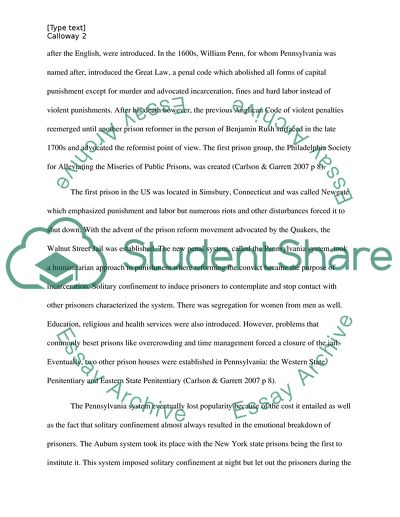Cite this document
(“What is Community-based Corrections and is it Effective Essay”, n.d.)
What is Community-based Corrections and is it Effective Essay. Retrieved from https://studentshare.org/miscellaneous/1549861-what-is-community-based-corrections-and-is-it-effective
What is Community-based Corrections and is it Effective Essay. Retrieved from https://studentshare.org/miscellaneous/1549861-what-is-community-based-corrections-and-is-it-effective
(What Is Community-Based Corrections and Is It Effective Essay)
What Is Community-Based Corrections and Is It Effective Essay. https://studentshare.org/miscellaneous/1549861-what-is-community-based-corrections-and-is-it-effective.
What Is Community-Based Corrections and Is It Effective Essay. https://studentshare.org/miscellaneous/1549861-what-is-community-based-corrections-and-is-it-effective.
“What Is Community-Based Corrections and Is It Effective Essay”, n.d. https://studentshare.org/miscellaneous/1549861-what-is-community-based-corrections-and-is-it-effective.


